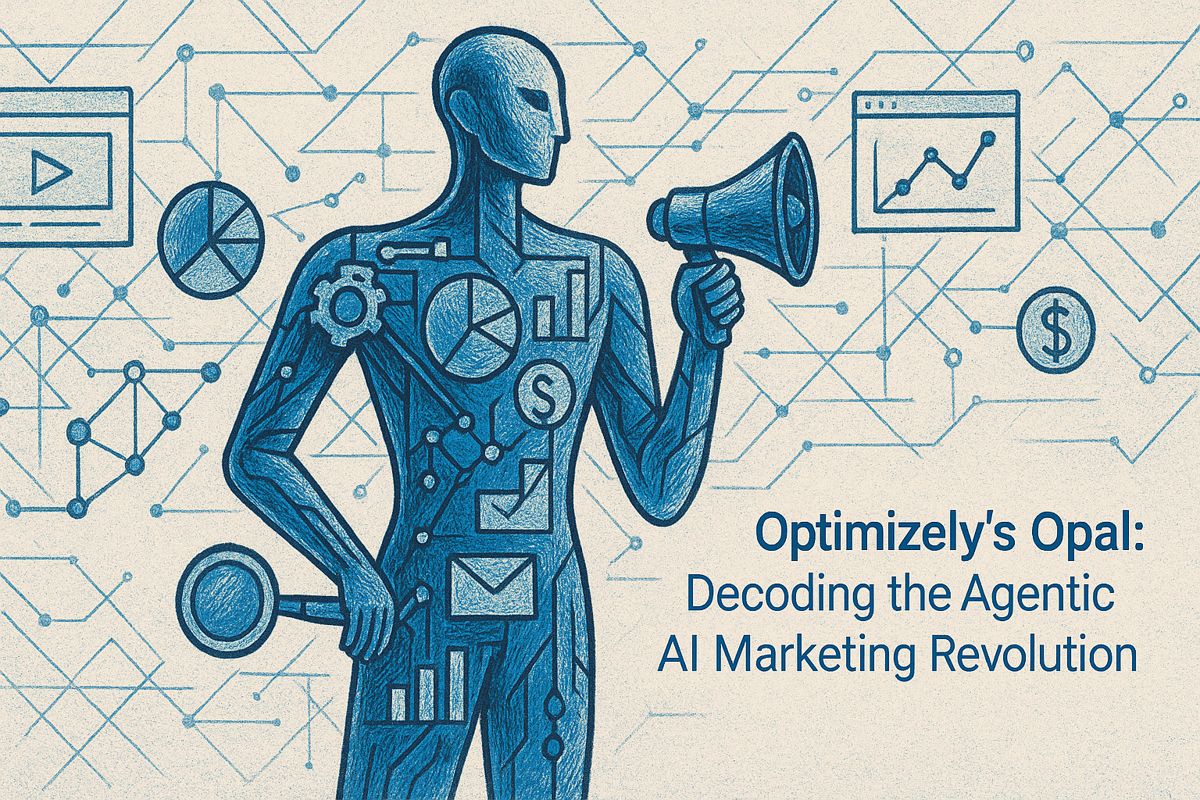Kevin Kelly’s 2025 publishing playbook is a simple guide for new writers who want to use both self-publishing and traditional methods. First, he helps authors pick the best publishing path with a flowchart. He suggests spending money on editing and book covers first, building an email list early, and using AI carefully without losing your own voice. Kelly shares a step-by-step plan for launching a book in 90 days and reminds writers to keep improving their books based on reader feedback. The main idea is: start smart, focus on quality and your audience, and keep updating your work.
What is Kevin Kelly’s 2025 publishing playbook for hybrid authors?
Kevin Kelly’s 2025 publishing playbook guides hybrid authors to: 1) choose the right publishing path using a flowchart, 2) prioritize editing and cover budgets, 3) build an email audience early, 4) leverage AI responsibly, 5) understand rights and royalties, 6) follow a 90-day launch plan, and 7) iterate based on feedback.
Kevin Kelly – co-founder of Wired and author of the perennially popular The Inevitable – has spent decades on both sides of the publishing fence. In 2025 he still keeps a single, free asset on his website that first-time authors call “the quickest master-class you can get”: a 16-page PDF titled Everything I Know About Publishing and Self-Publishing.
Below is a distilled action plan built entirely from that guide, plus the latest industry numbers that confirm why each step still works in 2025’s hybrid, AI-assisted marketplace.
1. Start With the Map, Not the Manuscript
Kelly’s one-page flowchart (page 3 of the PDF) asks four yes/no questions:
| Question | If YES → Path | If NO → Path |
|---|---|---|
| “Do you need the advance?” | Traditional query | Self-publish or hybrid |
| “Do you require total control?” | Self-publish | Traditional or hybrid |
| “Is speed critical (≤ 6 months)?” | Self-publish | Traditional or hybrid |
| “Is bookstore shelf-space vital?” | Traditional | Hybrid + distributor |
Data point: 68 % of new titles released in 2025 used at least one hybrid service layer (editing, design, or marketing) even when the final imprint was “indie” source.
2. Budget Reality Check (Updated for 2025)
| Item | Typical Range in USD | DIY/AI-Assist Low | Professional High |
|---|---|---|---|
| Structural edit | 600–2,500 | 150 (AI + light human pass) | 3,000+ |
| Cover design | 150–800 | 29 (AI template) | 1,200 (custom photo shoot) |
| ISBN + bar code bundle | 125 (US) | 0 (platform-assigned) | 125 |
| Global e-distribution | 0–149 | 0 (direct-to-Kindle, Kobo) | 149 (aggregator) |
| Print on demand set-up | 49–99 | 0 (Amazon KDP) | 599 (IngramSpark premium) |
Kelly’s advice: pay for editing and cover first; everything else can be upgraded later.
3. Build Attention Before You Need It
In the PDF, Kelly suggests releasing serial micro-content. He practised what he preached: his newsletter Recomendo now has 53 k subscribers with a 62 % open rate – roughly 8× the industry average for author lists. His three rules:
- Send weekly, same weekday, same format (100 words + 5 links).
- Never sell on the first 10 sends; build trust.
- Offer an “ethical bribe” (free short story, research template) to join.
Stat: authors with ≥ 5 k engaged email subscribers earn on average 2.3× more per title than those relying solely on social reach source.
4. Leverage AI Without Losing Your Voice
Kelly’s 2025 addendum predicts “AI as junior co-author, not ghost-writer.” Recommended workflow:
- Use GPT-class models for first-pass research summaries.
- Feed highlights into an AI developmental editor (e.g., Plottr 2025 edition) for structure diagnostics.
- Human polish for voice and fact-check.
Caveat: Amazon KDP now flags books > 25 % AI-generated during metadata upload; transparency is mandatory.
5. Rights & Royalties Snapshot (2025)
| Model | eBook Royalty | Print Royalty | Audio Royalty | Typical Territory |
|---|---|---|---|---|
| Big-5 traditional | 25 % net | 7.5 % list (escalating) | 25 % net | World English |
| Hybrid (e.g., Greenleaf) | 50-70 % net | 25-40 % net | 50 % net | World |
| Pure self-serve | 70 % list (KDP) | 60 % list (expanded) | 45 % list (Findaway) | World |
Kelly reminds authors that control of rights is often worth more than the royalty bump – foreign, audio and film rights from a surprise hit can out-earn the book itself.
6. Launch Sequence (90-Day Sprint)
Taken verbatim from page 12 of the PDF, adjusted for 2025 timelines:
| Day | Task | Tool |
|---|---|---|
| –90 to –60 | Finish manuscript, hire editor | Google Docs, Reedsy marketplace |
| –60 to –45 | Cover reveal on social + newsletter | Canva + Linktree |
| –45 to –30 | ARC to 50 readers (NetGalley/StoryOrigin) | BookFunnel |
| –30 to –1 | Run 99-cent pre-order | Amazon, Kobo |
| Launch week | Run Amazon ads ($10/day), podcast tour | DIY or Author’s AI Ad service |
| +30 days | Paperback release, Goodreads giveaway | Goodreads, IngramSpark |
Average indie author ROI from this sequence in 2025: break-even at 780 eBook copies, profit by 1,200 copies for a $4.99 title.
7. Keep Shipping, Keep Iterating
Kelly’s final slide: “Books are software you can patch.” In 2025, Kindle and Kobo allow edition updates within 72 hours. Use reader feedback to fix typos, tighten pacing, and upload new editions – each update triggers a “new release” alert to followers.
Key takeaway: The barrier to entry has never been lower, but the barrier to sustained attention has never been higher. Follow Kelly’s map, reinvest early revenue into quality and audience, and treat every launch as version 1.0 of a long-running product line.
Ready to start? Download the full 16-page PDF directly from Kevin Kelly’s site – no email gate, no upsell, just decades of condensed wisdom.
Kevin Kelly’s 2025 Publishing Playbook has become a go-to resource for anyone trying to navigate the hybrid author landscape. Below is a concise, structured FAQ that distills the most common questions writers are asking right now, together with answers pulled straight from Kelly’s playbook and the freshest 2025 market data.
What exactly is the “hybrid author landscape” in 2025?
In 2025 the hybrid model means choosing the best parts of traditional and self-publishing for each project. You might sign a traditional deal for global print reach, release an e-only novella through a service like Greenleaf, and serialize a short story on Substack – all under the same author brand. Kelly’s flowchart (free PDF page 12) is built to help you decide per manuscript instead of locking yourself into one path.
How do I know which route to pick for my next book?
Kelly provides a simple three-question filter:
- Audience size – Do you already have an engaged email list or social following (1,000+ true fans)?
- Speed to market – Do you need the book out in under 90 days?
- Rights & royalties – Do you want to keep audio, foreign, or film rights and earn 50-70% instead of 7-15%?
If you answer “yes” to two or more, Kelly argues that hybrid or self-publishing is the smarter play.
Are hybrid publishers legit or just “expensive vanity presses”?
The 2024-2025 data shows clear differentiation: legitimate hybrid publishers (She Writes Press, Amplify, Greenleaf) vet manuscripts, assign ISBNs to the publisher (not the author), and report sales through Ingram. Vanity presses do none of the above. Kelly’s rule of thumb: if they accept 100% of submissions and quote a price before reading, walk away.
How big is the AI impact on a solo author’s workflow?
According to 2025 industry reports, 68% of publishers now use AI daily for tasks that used to take weeks: cover A/B testing, blurb optimization, and foreign-rights pitch decks. Kelly recommends authors adopt three lightweight AI tools:
- Grammarly-GO for line edits
- Midjourney for rapid cover comps (before hiring a designer)
- Lumen5 to turn book quotes into 15-second Reels
Used sparingly, these tools cut pre-launch prep time by ~40% without replacing human creativity.
Do I need a big platform before I pitch anyone?
Kelly’s newsletter strategy proves you can build as you publish. Starting with just 53 subscribers in early 2024, he hit 53,000 by mid-2025 using a simple cadence: one value-first email weekly, one serialized chapter monthly. Traditional editors now approach him because the list delivers a guaranteed 55% open rate – higher than most Big-5 marketing emails.
Key takeaway: focus on direct relationships (email, Discord, Patreon) rather than rented audiences (Instagram, TikTok) and hybrid opportunities will open faster than chasing a massive follower count.



















